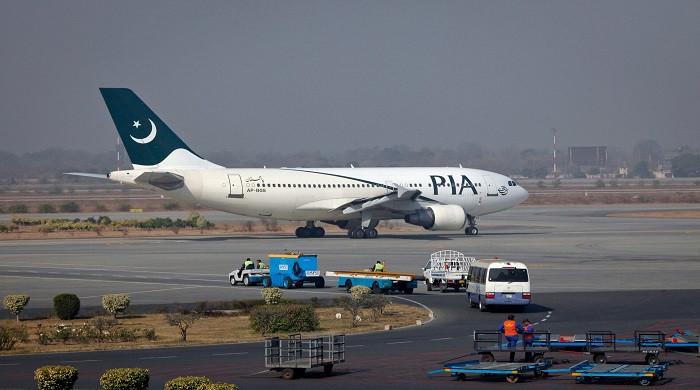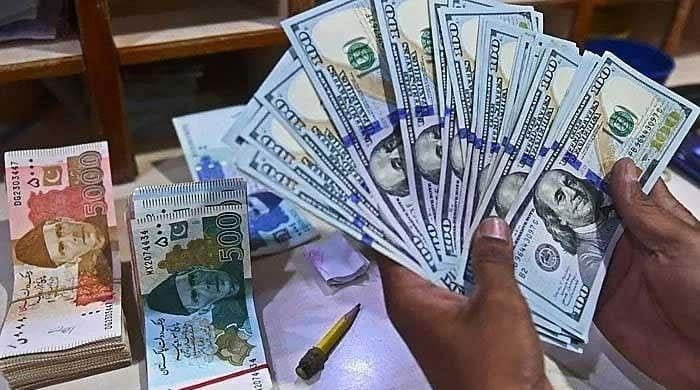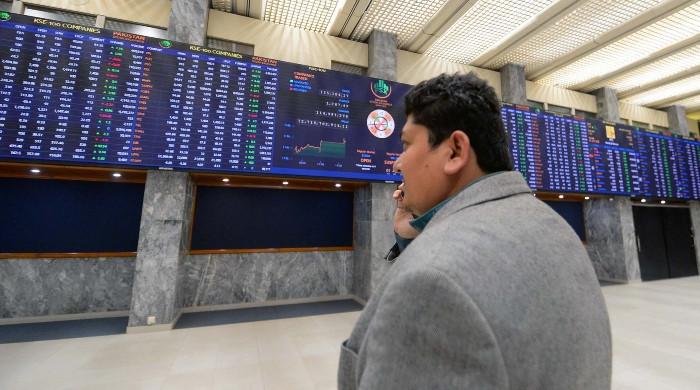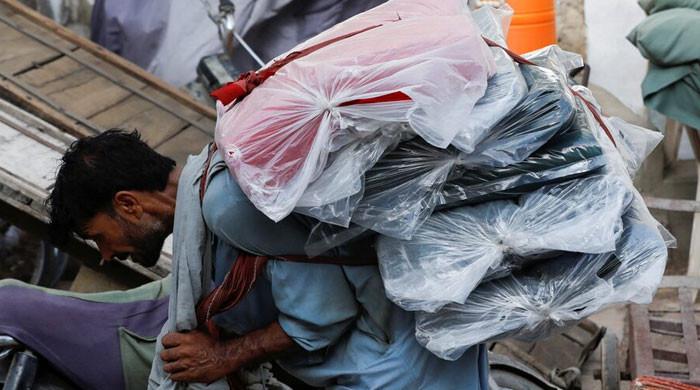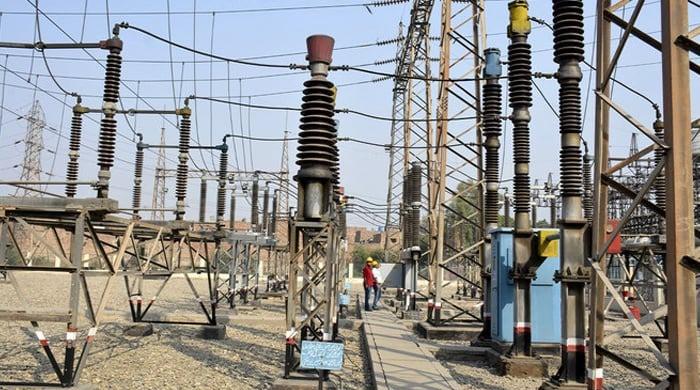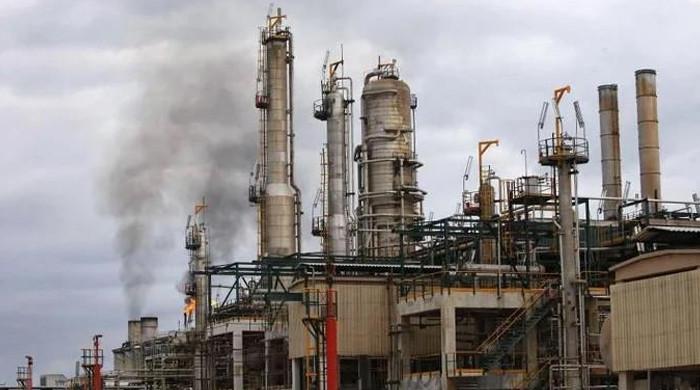Weekly currency update: Rupee expected to maintain winning streak next week
Rupee may post further gains with immediate target being 210 per dollar, says Tresmark in a report
October 02, 2022
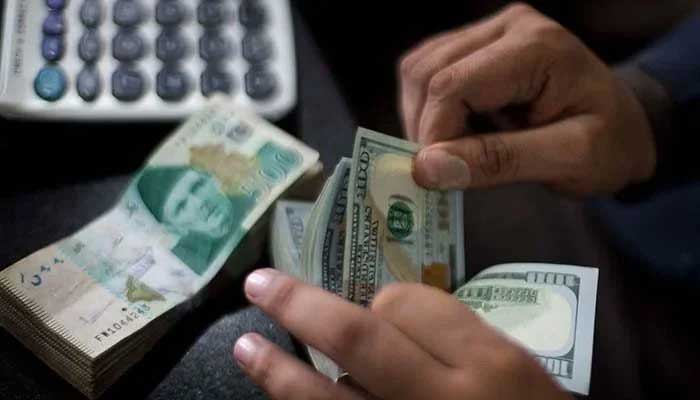
KARACHI: In view of the expected aid inflow from bilateral and multilateral creditors, IMF loan programme concessions, and easing global commodity markets, traders are confident that that the rupee will continue its upward trajectory unabated against the dollar in the next week.
Ishaq Dar's homecoming and his subsequent comments on the rupee's undervaluation, as well as the likelihood that economic policy will remain stable going forward after he was appointed finance minister, changed market sentiment from bearish to bullish on the currency, The News reported.
When Dar stated that strengthening the rupee was his main objective, traders who had been long [on the dollar] started to sell. In a similar vein, exporters began selling forwards in considerable sums. The finance minister's warning to speculators to discontinue their activities and the exporters' healthy supplies of dollars helped support the rupee.
The local unit gained 11.2 rupees or 4.9% against the dollar in the interbank market this week, its second-biggest weekly rise since August 5, 2022, when the currency appreciated by 15.3 rupees.
The majority of economists agree the rupee will extend its rise in the days to come as various developments support this forecast.
While the rupee settled at 228 to the dollar on Friday, it may post further gains with the immediate target being 210 per dollar, said Tresmark in a report, citing analysts’ views.
With the sentimental change in place and more elaborate administrative measures (also known as ‘verbal intervention') to be taken, certain things have favoured the new finance minister.
The catastrophe after the floods has brought Pakistan into the limelight of climate change and hearts have softened. Pakistan is targeting $2.6 billion from bilateral and multilateral sources in short- and another $2.5 billion in the medium- and long-term, and more concessions around restructuring and repayment moratoriums, the report said.
With this, the liquidity outlook has improved, though it does nothing to solve the country’s long-term issues. Luckily, the global markets are also now pricing in a full-blown recession.
“This has impacted the super commodity cycle we witnessed for some time. [Prices of] oil, metals, and agriculture products have come down 35%, 49%, and 20% since their peak,” it said.
“We anticipate that the current regime may be able to draw some concessions from IMF due to the devastating impact on livelihoods and may be able to convince IMF on interest rate cuts and a new band for Rupee,” it added.
Despite appreciation in the rupee, the foreign reserves continued to fall. The central bank’s foreign exchange reserves decreased by $341 million to $8 billion during the week ended September 23 due to higher external debt payments.
The real effective exchange rate (REER) for August was published at 94.3, which is fairly outdated now. The current estimate of the REER index for September-end is 99.25.
The rupee/dollar parity between 207 and 230 is completely defensible with the IMF. So, managing the current account deficit should be the top priority, according to the report.
“Having said this, some prominent economists think that the rupee was indeed undervalued after seeing a steep decline of 36% [in nine months], and so while there is room for appreciation, whatever the yardstick used by the finance minister, it should be made transparent and after having all stakeholders onboard,” the report said.





